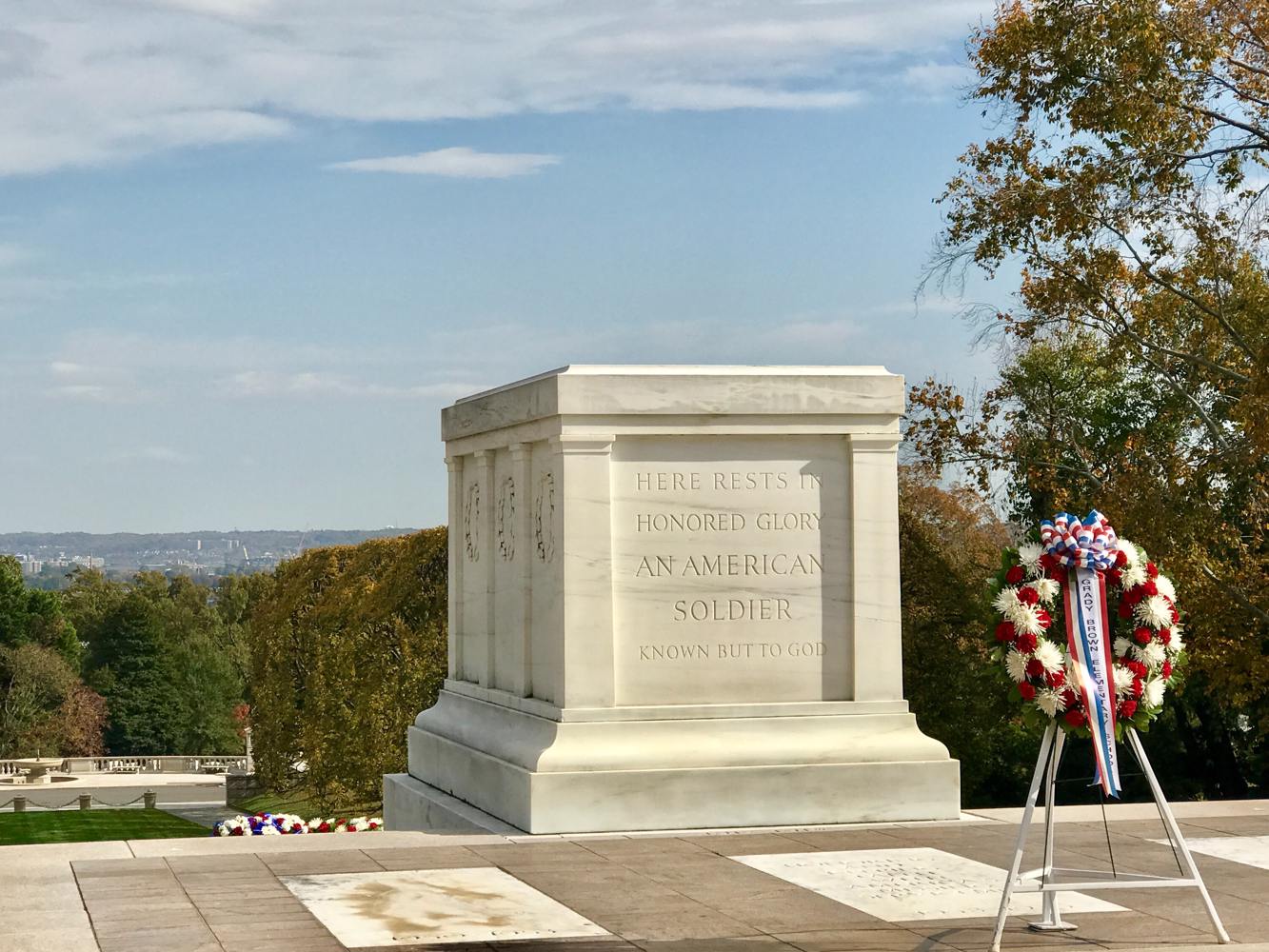Thank You to Our Veterans.
Veterans Day is almost here. But do you know the history of how the day came to be? Let's dive deeper into how Veterans Day became what it is today.
Armistice Day
Originally, this day was called Armistice Day. Armistice Day started due to events that occurred in 1921. An unidentified World War I American soldier was buried at Arlington National Cemetery, which has since become an important place to honor American Veterans.
England and France had similar instances occur. Unknown veterans were buried in each country's highest place of honor. All of these gestures occurred on November 11, as World War I ended fighting on that day in 1918, at 11 a.m.
In 1926, Congress decided that this day would be called Armistice Day. The word "armistice" means both sides in a war agree to stop fighting. In other words, it means a truce. The hope at the time that World War I was "the War to end all wars." As we know, this was unfortunately not the case. In fact, only a few years later, war broke out once again, where 407,000 American soldiers died.
From Armistice Day to Veterans Day
In 1947, in Birmingham, Alabama, the first celebration occurred that used the term Veterans Day. World War II veteran Raymond Weeks organized a celebration called "National Veterans Day." This celebration honored veterans with a parade, among other festivities, and, of course, was held on November 11. U.S. Representative Edward Rees then initiated a bill that would change the name of the holiday from Armistice Day to Veterans Day. Congress passed this bill in 1954, which was signed by President Eisenhower. Raymond Weeks was later awarded the Presidental Citizens Medal from President Raegan, in November of 1892.
It is thanks to Weeks that we now celebrate Veterans Day nationwide.
Two more dead and unidentified war soldiers were brought from overseas and laid to rest beside the WWI soldier on Memorial Day in 1958. One of these soldiers had been killed in WWII, and the other in the Korean War. In 1984, a serviceman from the Vietnam War was laid among the other soldiers. On May 14, 1998, his remains were exhumed and he was identified as Air Force 1st, Lt. Michael Joseph Blassie.
In 1968, a law was passed that moved the commemoration of Veterans Day to the fourth Monday in October. This didn't last, however, as November 11 was a significant date. Congress moved the date back to the original in 1978.
Arlington National Cemetery
As we've talked about, Arlington National Cemetery is an extremely important location related to the history of Veterans Day. 11 am remains a special time of remembrance as well. On November 11, at 11 a.m., a color guard that represents all military services performs the "Present Arms" at the Tomb of the Unknowns. They also lay a presidential wreath as a tribute to the fallen soldiers.
The President's Veterans Day National Committee organizes ceremonies in Arlington and elsewhere. Many state governors designate chairpersons who organize local ceremonies along with the National Committee and the Department of Defense.
So now you know a little bit more about the history of Veterans Day! Let us all honor the sacrifices made by our war veterans and the many lives that were lost.
Veterans Day Quotes
We will end this with some quotes that embody the spirit and meaning of Veterans Day:
"I’ve lived the literal meaning of the 'land of the free and 'home of the brave.' It’s not corny for me. I feel it in my heart. I feel it in my chest." -Chris Kyle
"The brave men, living and dead, who struggled here, have consecrated it, far above our poor power to add or detract. The world will little note, nor long remember what we say here, but can never forget what they did here." -Abraham Lincoln
“The brave die never, though they sleep in dust: Their courage nerves a thousand living men.” -Minot J Savage
